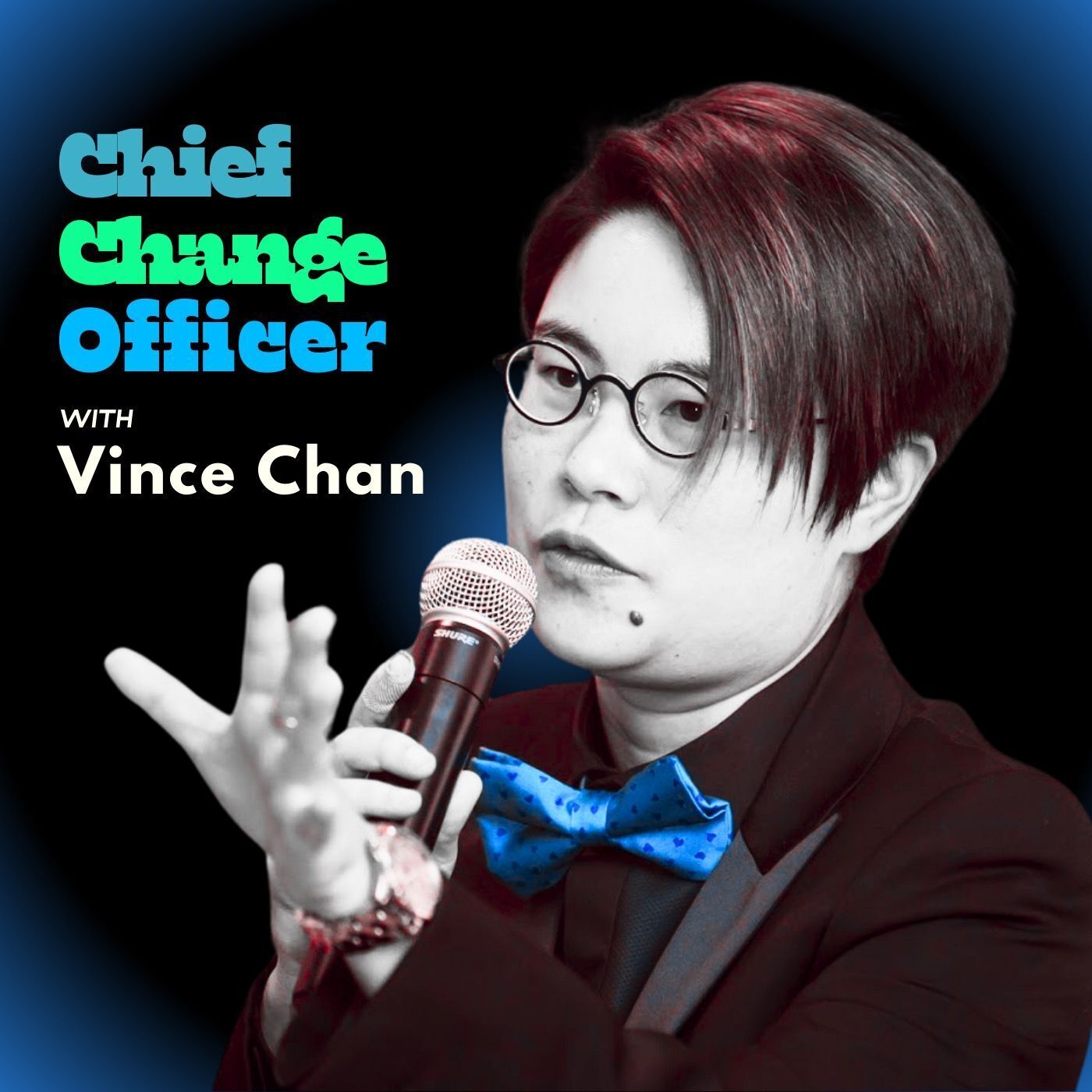#389 Erin Diehl: From Talk Show Dreams to a Business Built on Bombing — Part One
Before Erin Diehl was training Fortune 500 teams to think on their feet, she was juggling job fairs by day and Second City by night.
In Part One, we go back to the origin story—how a recruiting job collided with a comedy stage and sparked a business idea no one saw coming. From cold pitching United Airlines with zero credentials to redefining ROI as “Return on Objective,” Erin shares how improv became her leadership laboratory. Along the way, we talk about joy, failure, and what really happens when you turn your side hustle into your full-time mission.
Key Highlights of Our Interview:
From Stage Lights to Slide Decks
“I was working in recruiting by day and performing improv by night. Eventually, I realized improv wasn’t just funny—it was functional.”
How Erin’s stagecraft became a corporate tool.
United We Improv
“My first client was United Airlines—and I didn’t even have a logo yet.”
How one bold pitch turned into a paid pilot and a new career.
In the Business of Joy
“I just knew I wanted to help people and bring joy.”
Why Erin sees her work as more than training—it’s emotional transformation.
Forget ROI, Focus on ROO
“We don’t measure ROI—we measure ROO: Return on Objective.”
How Improve It tailors every session to real business outcomes.
From Talk Show Dreams to Leadership Teams
“I wanted to be Oprah. I ended up helping people lead better lives through improv.”
The full-circle moment that turned childhood dreams into professional purpose.
________________________
Connect with us:
Host: Vince Chan | Guest: Erin Diehl
--Chief Change Officer--
Change Ambitiously. Outgrow Yourself.
Open a World of Expansive Human Intelligence
for Transformation Gurus, Black Sheep,
Unsung Visionaries & Bold Hearts.
EdTech Leadership Awards 2025 Finalist.
20 Million+ All-Time Downloads.
80+ Countries Reached Daily.
Global Top 1% Podcast.
Top 5 US Business.
Top 1 US Careers.
>>>180,000+ are outgrowing. Act Today.<<<
See Privacy Policy at https://art19.com/privacy and California Privacy Notice at https://art19.com/privacy#do-not-sell-my-info.
Press play and read along
Transcript
Transcript is processing—check back soon.





